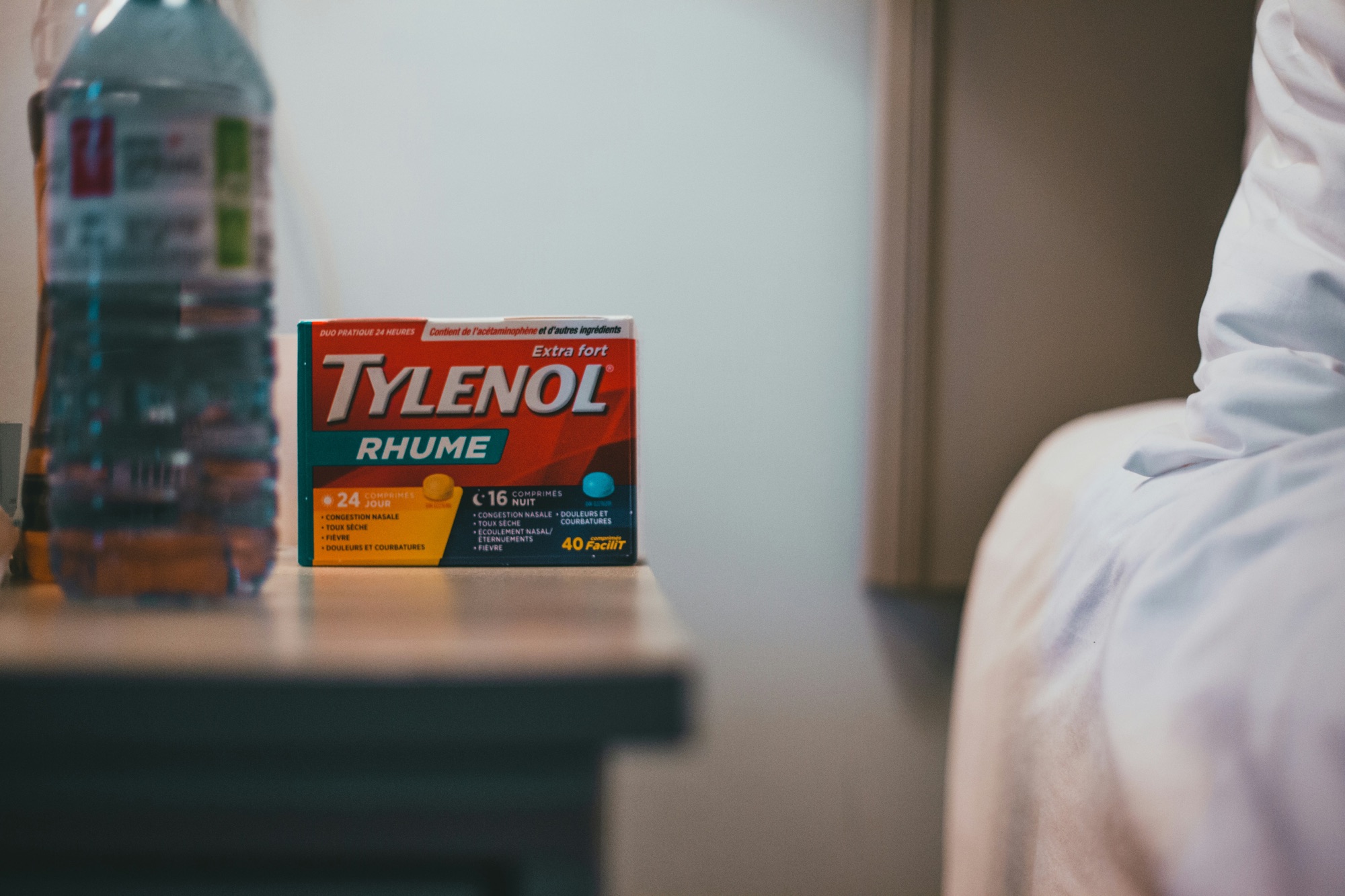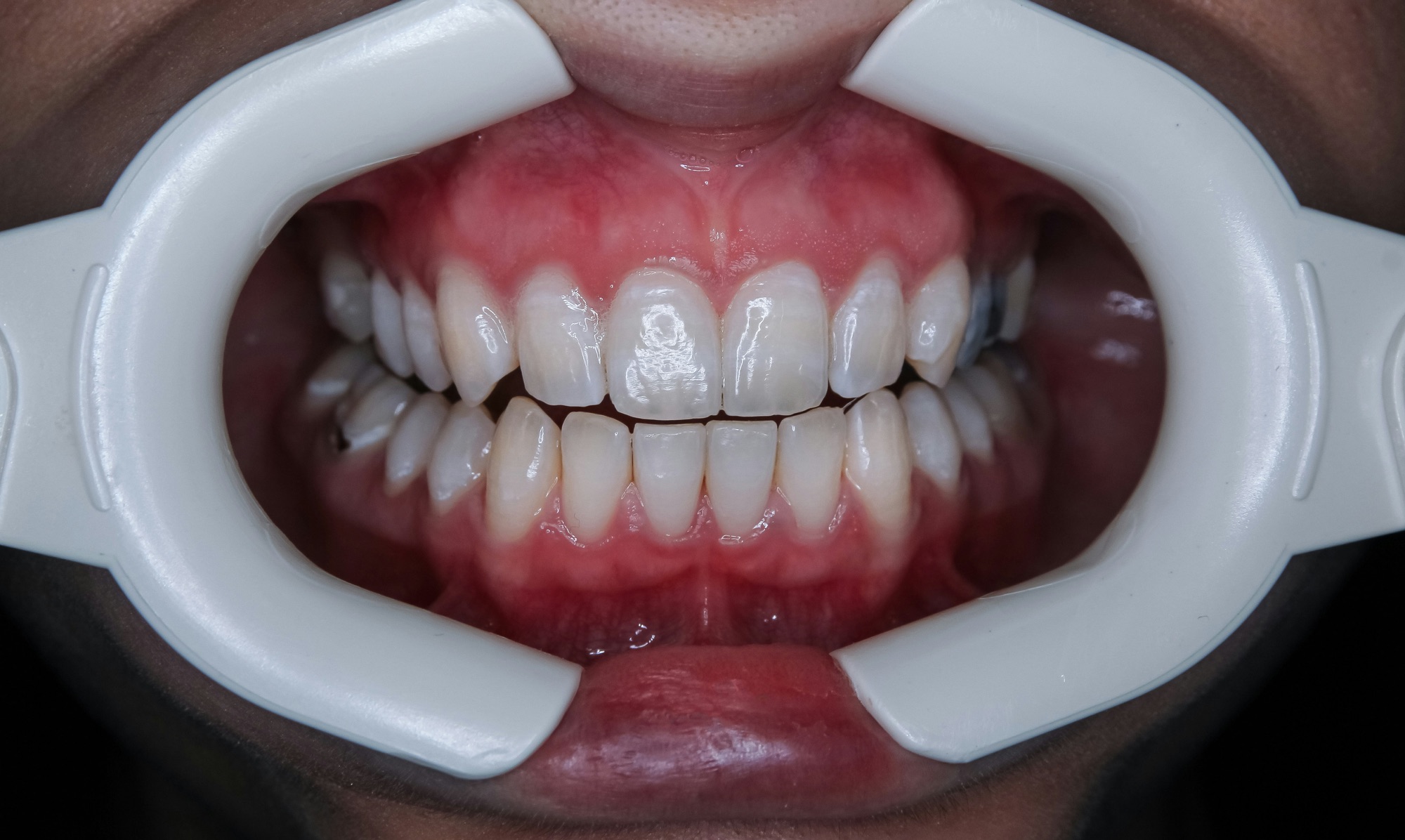Using tampons is a routine part of life for many menstruating women, and while it may seem straightforward, there’s more to it than meets the eye. Proper use not only ensures comfort but also plays a crucial role in maintaining your health. A seemingly small cotton product can lead to significant discomfort or even health issues if not used correctly. Here’s a comprehensive guide with 12 essential rules to follow when using tampons, and some additional tips to make your experience as smooth and safe as possible.
1. Wash Your Hands Before and After Inserting the Tampon
It’s common practice to wash hands after inserting a tampon, but washing them beforehand is just as important. Our hands come into contact with a vast array of surfaces that harbor bacteria, from door handles to mobile phones. Introducing these bacteria into your vaginal area via a tampon can increase the risk of infections. Make it a habit to wash your hands thoroughly with soap and water before touching a tampon to keep unwanted germs at bay.
2. Insert the Tampon Sufficiently Deep
You’ll know when a tampon isn’t inserted deep enough because it’ll feel uncomfortable or even painful. This sensation is a clear indicator that it’s time to adjust. When properly positioned, a tampon should be unnoticeable. The middle of the vagina has fewer sensory nerves, which is why, when the tampon is in the right place, you won’t feel it. Remember, it’s impossible for a tampon to get lost inside your body; the opening of the uterus is too small to let it through. If you’re new to using tampons or are having trouble inserting them comfortably, try using a tampon with an applicator. The applicator can help guide the tampon to the right depth with minimal fuss.
3. Use Different Types of Tampons: From Mini to Super
Tampons come in various sizes, each designed for different levels of absorption. During the heavier days of your period, use larger tampons like super or super plus. However, as your flow lightens, switch to smaller sizes such as mini or regular to prevent discomfort and reduce the risk of toxic shock syndrome (TSS). TSS is a rare but serious infection that can occur if a tampon is left in too long or if a super-absorbent tampon is used unnecessarily. If you’re unsure which size to use, start with a smaller tampon and adjust as needed. Remember, it’s perfectly acceptable to change sizes throughout your period based on your flow.
4. Replace the Tampon a Few Times a Day
Even if your flow is light, it’s vital to replace your tampon every 3 to 4 hours to prevent bacteria buildup. A tampon should never be left in for more than 8 hours, even overnight, to minimize the risk of TSS. It’s helpful to set reminders on your phone or use period tracking apps to prompt you when it’s time for a change. Consistently changing your tampon ensures that you stay fresh and reduces the risk of any unpleasant odors or infections.
5. Use Tampons Only During Your Period
It’s tempting to use a tampon to manage vaginal discharge, but this can disrupt the natural balance of your vaginal flora and lead to irritation or infections. If you experience excessive discharge between periods, consult a healthcare provider to explore other solutions. Tampons are designed specifically for menstrual blood absorption and are not suitable for other types of discharge. Consider using panty liners for everyday discharge instead, which can be more comfortable and less intrusive.
6. Replace the Tampon After Urinating or Bowel Movements
The tampon string can become damp during urination, which isn’t pleasant and could contribute to an increased risk of infection. Additionally, during bowel movements, the string can pick up bacteria that might migrate to the urethra. Consider replacing your tampon after using the bathroom to maintain hygiene and comfort. If the string becomes wet, it can also cause an odor, so it’s best to change the tampon to avoid this. You might find it helpful to hold the string to the side when using the toilet to keep it dry.
7. Do Not Forget the Tampon
It can happen—sometimes we forget we have a tampon in place. If you notice a foul smell or unusual discharge, it could be a sign of a forgotten tampon. In such cases, wash your hands thoroughly and use a finger to check for the tampon string or the tampon itself. If you can’t find it, seek medical attention promptly. Leaving a tampon inside for too long can lead to infections or TSS. To avoid forgetting, it might help to keep a journal or use a period tracking app to log each tampon change.
8. Never Put in Two Tampons at Once
Using two tampons simultaneously can lead to complications like difficult removal or forgetting one is there. If your flow is heavy, opt for a larger tampon and use a backup sanitary pad if needed. This approach is safer and more effective than doubling up on tampons. Remember, if no tampon seems sufficient, it might indicate a medical issue, and consulting a healthcare provider is wise. They can offer advice or alternative solutions like menstrual cups or pads designed for heavy flow.
9. Replace Your Tampon After Swimming
After swimming in a pool, ocean, or enjoying a soak in a hot tub, the tampon string can absorb chlorine, saltwater, or other substances, which can irritate the skin. Change your tampon immediately after swimming to prevent any potential irritation or infections. Keeping an extra tampon in your swim bag ensures you’re always prepared. Besides, swimming can sometimes cause the tampon to shift slightly, so changing it ensures it’s in the correct position and functioning effectively.
10. Do Not Use a Tampon Whose Packaging is Torn
The packaging protects the tampon from contaminants like dust, makeup residue, and other particles that have no business being in your vaginal area. Always inspect the package before use, and if it’s compromised, discard the tampon. Only use tampons with intact packaging to ensure your safety. If you find yourself without a packaged tampon, consider using a sanitary pad instead until you can obtain a fresh supply.
11. Do Not Leave the Applicator Lying Around or Reuse It
After insertion, dispose of the applicator responsibly. Wrap it in toilet paper and place it in the trash. Reusing an applicator can introduce bacteria and is not hygienic. Tampons themselves don’t expire as long as their packaging remains intact, so store them in a cool, dry place to ensure they remain in optimal condition. Keeping tampons in a clean, dedicated pouch in your handbag can also help maintain their integrity.
12. Do Not Use Perfumed Tampons
Fragrance in tampons can cause allergic reactions or irritation for some women. If you experience itching or discomfort, it might be an indication of sensitivity to these fragrances. Opt for unscented tampons to avoid these issues. Even if you haven’t had reactions before, it’s safer to stick to unscented products to prevent potential irritation. If you find scented tampons appealing, consider using them in conjunction with unscented liners or pads for a safer experience.
Additional Tips for Tampon Use
Understand Your Flow
Every woman’s menstrual cycle is unique, and understanding your flow can help in selecting the right tampon size and frequency of changing. Keep track of your cycle using a period tracking app or calendar. This can help anticipate heavier days when a larger tampon might be necessary, and lighter days when a smaller size will suffice.
Practice Makes Perfect
If you’re new to tampons, practice inserting and removing them on lighter days until you’re comfortable. You might find that using a mirror helps when you’re just starting out. Over time, inserting and removing tampons will become second nature.
Stay Informed
Stay updated on menstrual health by reading reliable sources and talking to your healthcare provider. Understanding the risks, such as TSS, and how to mitigate them is essential. Knowledge empowers you to make informed decisions about your menstrual health.
Be Prepared
Always carry extra tampons in your bag, just in case your period starts unexpectedly or you need to change more frequently. A small, discreet pouch can hold a few tampons and liners, ensuring you’re never caught off guard.
Using tampons safely and effectively is a simple yet crucial aspect of menstrual health. By following these guidelines and staying informed, you can ensure that your experience is as comfortable and safe as possible. Remember, your comfort and health are paramount, so don’t hesitate to consult with healthcare professionals if you have any concerns or questions about using tampons.




